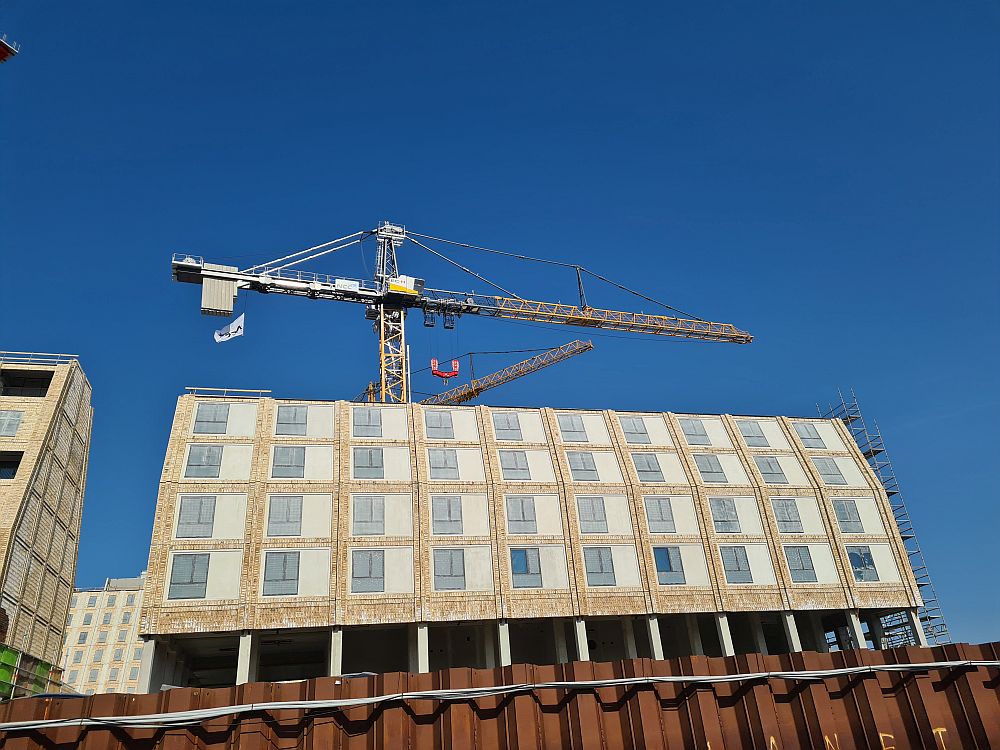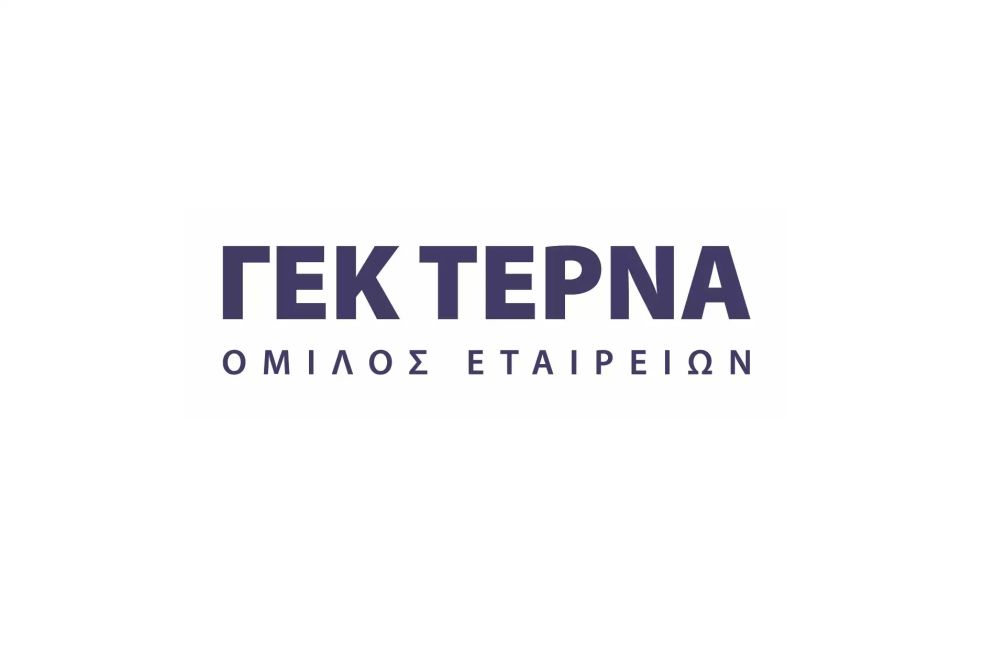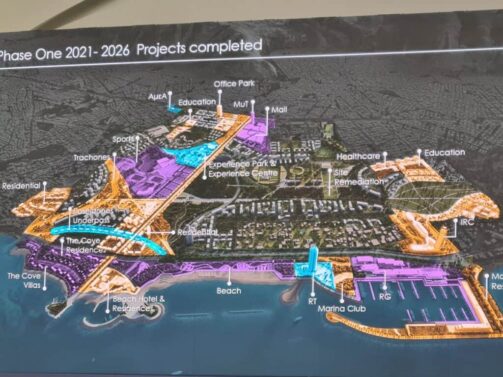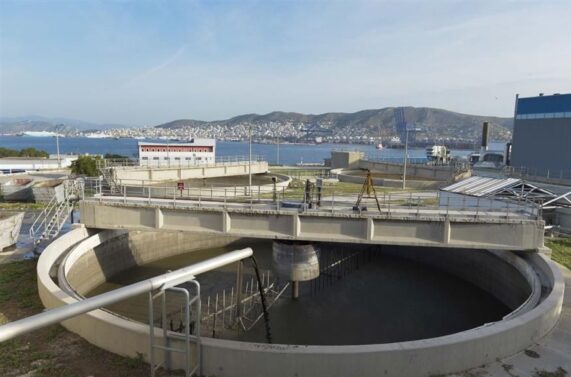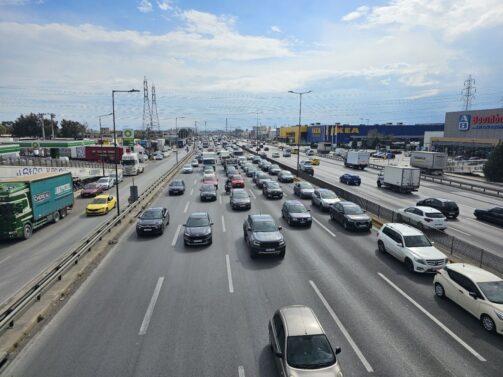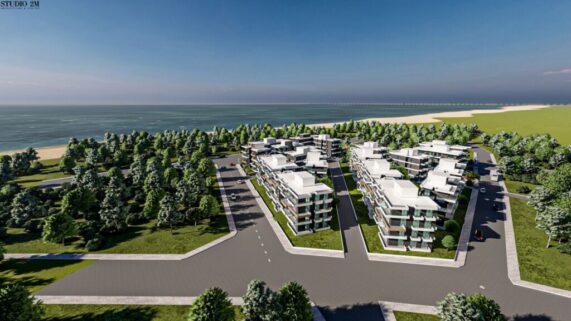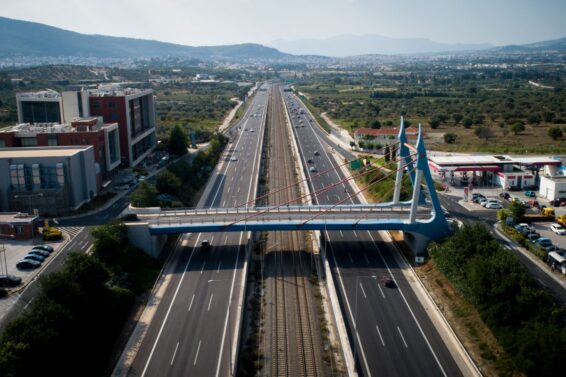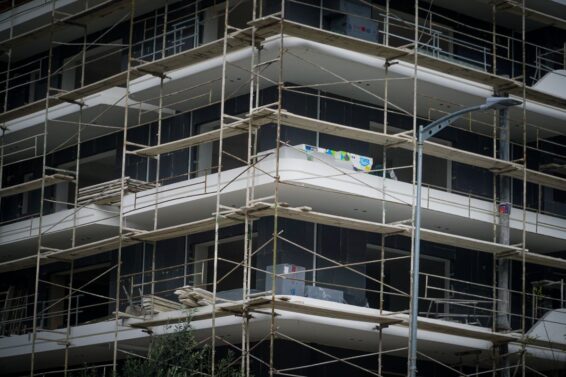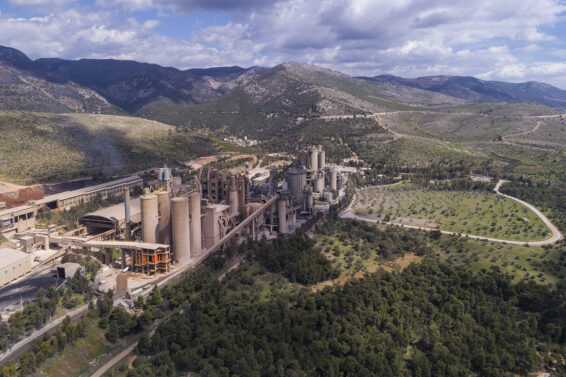Two new European laws are expected to be passed in the European Parliament today that affect the way we construct infrastructure and buildings. More specifically, the Fit for 55 in 2030 plan will be voted on today, which concerns the reduction of gas emissions in almost all economic activities, including construction and the energy efficiency of buildings.
The fit for 55 in construction
This is the EU’s plan to reduce greenhouse gas emissions by at least 55% by 2030 compared to 1990 levels, according to European climate legislation.
It will affect the way buildings are heated, agriculture, road transport etc.
In construction, it is expected to affect the way in which projects are planned and executed, but also the operation of infrastructure in such a way that it will be environmentally friendly.
For the first time, all EU countries will have to reduce greenhouse gas emissions by at least 10% and up to 50%. The debate on the legislation took place yesterday in the European Parliament and the vote will take place today.
Essentially it is an environmental piece of legislation that affects the entire economy as the package of measures to reduce the EU’s gas emissions by at least 55% includes: Energy from renewable sources, Alternative fuel infrastructure, CO2 emission standards for vehicles, energy efficiency where this can be achieved, social climate fund, EU emissions trading system, energy taxation, land use and forestry, social climate fund, aviation and port fuel regulations.
The energy efficiency of buildings
However, the legislation on the energy efficiency of buildings is also of great importance, which concerns how building renovations will increase in order to drastically reduce energy consumption and greenhouse gas emissions, i.e. the environmental footprint of each construction.
According to these plans, all new buildings should have zero emissions from 2028, in order to achieve climate neutrality in the sector by 2050.
Also, existing homes should be classified by 2030 as at least level E in terms of energy efficiency, but also upgraded to level D by 2033 – the relevant scale includes levels from A to G, with the latter being corresponding to the worst performing 15% of buildings nationally. This improvement should also be applied to non-residential and public buildings, until 2027 and 2030 respectively.
ΜΗΝ ΞΕΧΑΣΕΤΕ
- Ακολουθήστε το ypodomes.com στο Google News και μάθετε πρώτοι όλες τις ειδήσεις για τις υποδομές στην Ελλάδα
- Αν είστε επαγγελματίας του κλάδου, ακολουθήστε μας στο LinkedIn
- Εγγραφείτε στο Ypodomes Web TV

